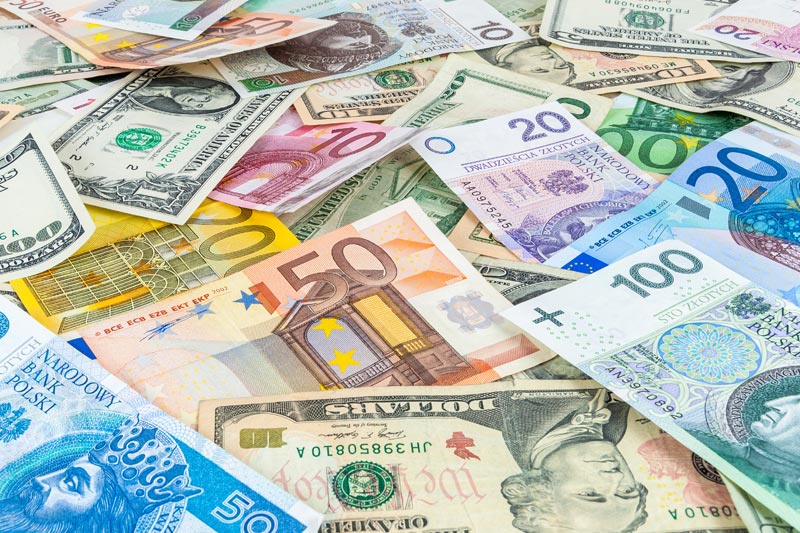By Ariba Shahid
KARACHI, Pakistan (Reuters) – Pakistan’s rupee has gained 6.1% against the dollar so far in September, following an official clampdown on illegal foreign exchange trade in grey and black markets by security agencies.
September’s gains have almost made up for all of the rupee’s losses in August and technically make it the best-perfoming currency in the world this month. The rupee hit a record low of 307.1 against the dollar on Sept. 5 but has made a sharp recovery since the country’s financial regulator and security agencies began taking action the next day to curb black market operations.
The Pakistani rupee closed 0.3% up in the interbank market at 287.8 per dollar on Thursday.
The crackdown on black market operators against the informal market resulted in tens of millions of dollars pouring back into Pakistan’s interbank and open markets, dealers said.
“The government’s stern administrative action against the unlawful foreign exchange dealers and hoarders in commodity markets is stabilizing the exchange rate, providing a respite to the imported inflation and easing out commodity prices,” the Finance Ministry said in its monthly report.
“The rupee has indeed performed well but this data does not reflect the sharp depreciation preceding this performance. Pakistan’s currency has been one of the worst-performing in recent years,” said Fahad Rauf, Head of Research at Ismail Iqbal Securities.
A market-determined exchange rate is a key condition for Pakistan receiving a $3 billion bailout loan from the International Monetary Fund (IMF) that was agreed in July to help avert a sovereign default.
Rauf added that the recent performance of the rupee is more of a recovery than an actual out-performance. He said the reserves situation is still far from comfortable.
On Thursday, Pakistan’s reserves clocked in at $7.637 billion, enough for less than two months’ worth of imports.
The report added that inflation is anticipated to remain high in the coming month, hovering around 29-31% due to an upward adjustment in energy tariffs and a major increase in fuel prices.
Read the full article here










